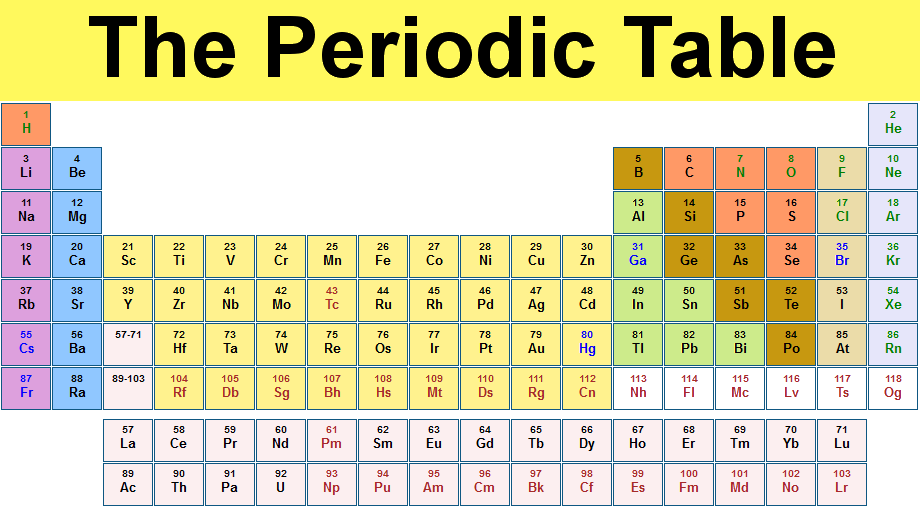Review and Unit 2 Quiz
Scribe: Grace Kilpatrick
Date: September 23, 2013
We began class today by going over the answers to the following handouts.
- Names and Formulas of Ionic Compounds
- Classification of Elements
- Naming Practice
These can all be found in the Unit 2 Handouts folder on the Moodle Page. Below are some of the problems we reviewed in class that may have been difficult!
Names and Formulas of Ionic Compounds
3d) Name the following compounds that contain polyatomic ions.
Cu3PO4
Remember the rule for naming compounds with polyatomic ions is as follows:
Name the first metal present. Then, name the polyatomic ion. Names for polyatomic ions can be found at the top of our periodic table handout.
So, our the first element present is copper (Cu). PO4 is a polyatmic ion known as phosphate. Thus the name of the given compound would be copper phosphate.
TIP: Anytime you see 3 elements together, one of which is metal, in a compound, it is likely there is a polytamic ion present.
6l) Write the formulas for the following compounds.
Magnesium Hydroxide
We should first recognize that Magnesium is the element Mg, an alkali earth metal with a charge of +2.
Hydroxide is a polyatomic ion. It is written as OH and has a charage of -1.
Remember, when writing compounds, the charges of the ions present must ¨cancel out¨ or balance the equation.
Since Mg has +2 charge, it requires two -1 charge OH ions to bond to in order to balance the charges. So the answer is, Mg(OH)2. Remember to use parentheses when indicating more than one of a polyatomic ion.
7f) Name each of the following compounds.
MnO2
We should first recognize that the compound contains a transition metal (Maganese) and a non-metal (Oxygen). So, we should use our rule for naming compounds that contain a transition metal:
When naming a compound that includes a transition metal, include a roman numeral to tell the charge of the first transition metal. This is because transition metals are capable of forming multiple ions.
Oxygen has a charge of -2. This means 2 atoms with a -2 charge would have an overall charge of -4.
In order to balance the equation, the element maganese (Mn) would have to have an overall charge of +4.
Since there is only one atom of maganese present, as indicated in the original compound we know that this maganese has a charge of +4 or maganese (IV).
We can finish off our name of the compound by ending the non-metal (oxygen) with -ide, to become oxide.
Our answer is : maganese (IV) oxide
The concept of writing formula names with transition metals is a tricky one! Here is a video tutorial that can help:
Classification of Elements
Thise was one of the other two handouts that we reviewed briefly before the quiz. An amazing video can be found on the previous blog post that reviews everything you need to know on the periodic table.
Naming Practice
This was another handout we reviewed. For the handout the most important idea to understand is:
When a nonmetal combines with a nonmetal, use greek prefixes to indicate the number of atoms each element in the compound except in the case where the first element has only one atom. End the compound name in -ide.
Quiz
We took a quiz today that goes over everything we have learned since our last unit. We worked on the quiz with a partner but these quizzes will be graded individually. See Mrs. Friedmann if you missed the quiz, as you will need to make it up in the Test Center.
Homework
1) Read sections 3.1 and 3.2 in your text and complete the reading sheet (posted in the Unit 2 Handouts folder). Note that this is a WebAssign sheet, but I want you to answer the questions on the sheet and show them to me tomorrow in class rather than actually doing the WebAssign online. WebAssign has given us enough headaches lately!
The next scribe will be: Mary Langas



